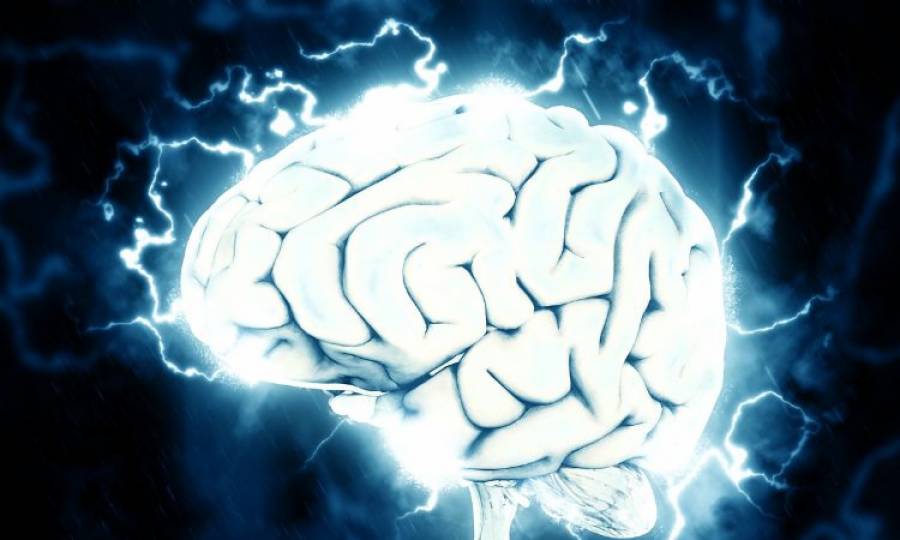Why do scientists develop human brain cells in research labs?

KARACHI: Organoids, which are tissue cultures that approximate the activities of an organ, allow scientists to monitor the behaviour of cells in tissues in vitro in the laboratory. This is especially useful for studying the brain and illnesses that impact it. However, what are some ethical challenges?
The capacity to regulate the differentiation of adult stem cells into specific cell types has been one of the most significant scientific advances of the previous decade.
After fertilization, the cells that comprise an embryo are totipotent and can differentiate into any cell type required by the organism to form a mature human.
This characteristic diminishes during human development and ageing, but the body preserves certain stem cells throughout life.
Adults contain stem cells in their bone marrow, allowing them to produce a wide variety of blood cells. This is referred to as multipotency, which is essential for the immune system to respond to infections.
Multipotent stem cells can differentiate into numerous cell types but cannot differentiate into all the cell types that comprise the adult organism.
Research On Stem Cells
Leveraging the power to regulate a stem cell's fate has allowed scientists to examine the intricate workings of our cells in the laboratory, arguably more ethically and practically than in human or animal models.
Ongoing research has been conducted to determine precisely how to transform one type of cell into another. Blood and skin cells may already be extracted from a person and subjected to specific chemicals and media that restore their pluripotency or the ability to develop into any cell type.
Scientists are currently exploring two major research areas using a technique known as induced pluripotent stem cells. Using fibroblasts, a type of cell in the skin, they generated embryo models. Researchers have recently been able to study the earliest stages of organogenesis in the laboratory thanks to the creation of embryo models.
Organoids are particularly valuable when they can be used to make models of organs or tissues, which cannot be easily recreated any other way. The brain is an example of this being very dangerous and difficult to biopsy compared to the skin.
The other field of endeavour involves the development of organ or tissue models known as organoids. These allow scientists to explore the function of certain cell types and can be used to represent entire organs.
The first cerebral organoid was created using induced pluripotent stem cells from a patient with microcephaly, a condition characterized by a diminution in brain size.
Researchers collaborating with Dr Madeline Lancaster used this model to determine that premature neuronal differentiation was likely responsible for the patient's lower brain size and reported their findings in Nature.
This discovery demonstrated for the first time that brain cells might be produced from induced pluripotent stem cells; it could provide light on how the brain functions and the underlying processes of disease.
Recent Developments
Since the development of these original organoids, the complexity of the brain organoids formed and the information extracted from them have expanded. The ability of induced pluripotent stem cells to self-organize into structures similar to those of animals and humans has been seen by researchers.
Brain organoids made from induced pluripotent stem cells that were left to mature for 60 days formed optic cups or indentations where eyes would form, according to a report published in Cell Stem Cell in 2014.
Similarly, research published in Nature last year indicated that after 250-300 days in vitro (about 9 months), cortical organoids undergo cellular alterations similar to those reported in infants.
The ability to replicate fetal brain development in the laboratory has also allowed for a clearer understanding of the effects of various medicines on prenatal brain development.
The sodium valproate controversy is a global issue in which pregnant women with epilepsy were given a medicine to treat an illness that caused severe learning deficits in their children exposed to the drug in utero.
Using organoids produced from human cells, a recent study published in PLOS Biology demonstrated that the drug-induced accelerated ageing and death in neuroepithelial cells of the brain explains some of the symptoms observed in affected infants.
Others are optimistic that organoids can be utilized to model illnesses. They were used to study the impact of SARS-CoV-2, the virus that produces COVID-19, on the brain to obtain insight into its consequences during initial infection and after that, as well as to model Alzheimer's disease, schizophrenia, and autism.
Trending
Popular
Sindh pledges vigorous action to prevent poliovirus transmission
-
PMA stresses health equity on World ...
04:08 PM, 9 Apr, 2024 -
Dow University’s new rabies vaccine ...
12:18 PM, 28 Mar, 2024 -
IRD role lauded in advancing ...
02:53 PM, 12 Mar, 2024 -
Over one billion people worldwide ...
09:48 AM, 5 Mar, 2024




